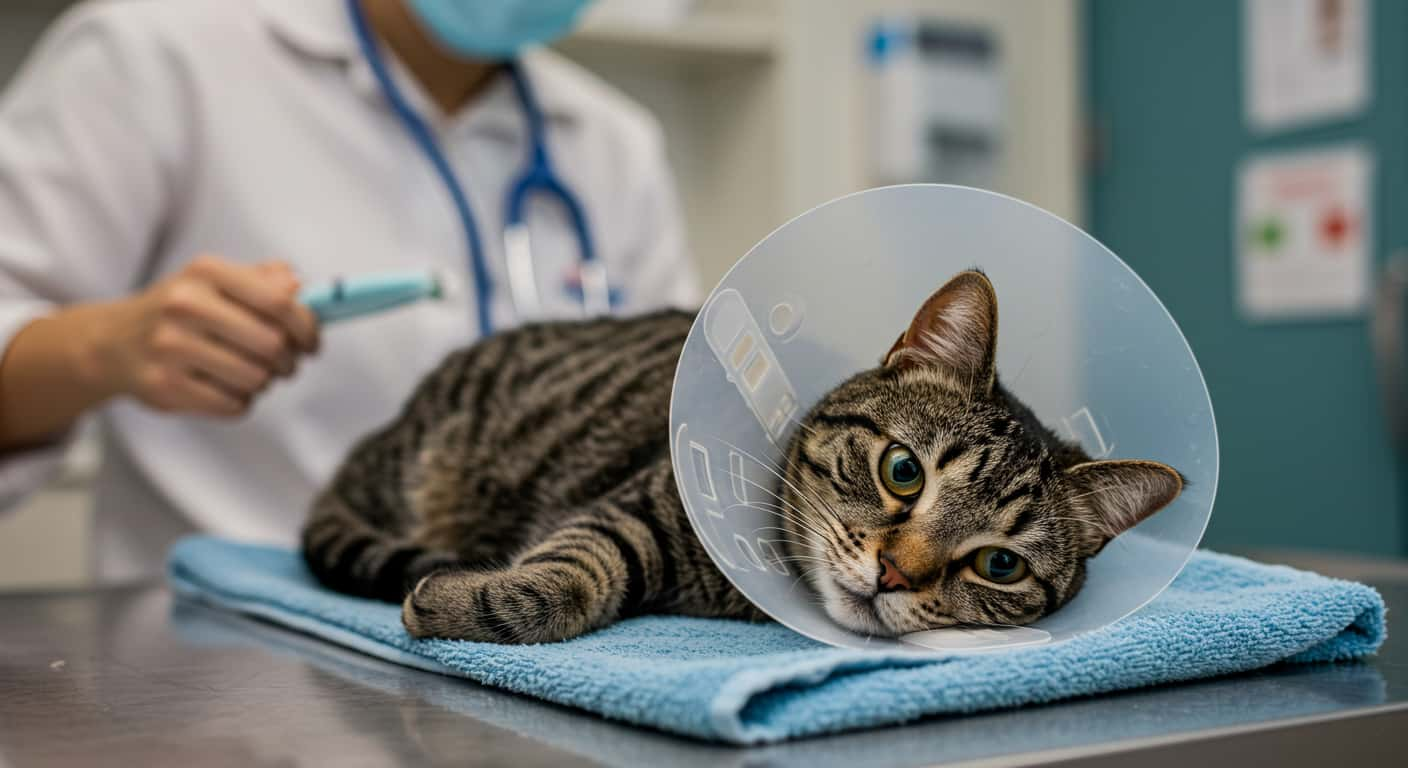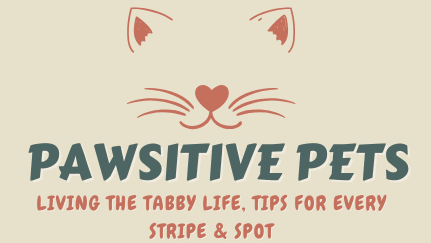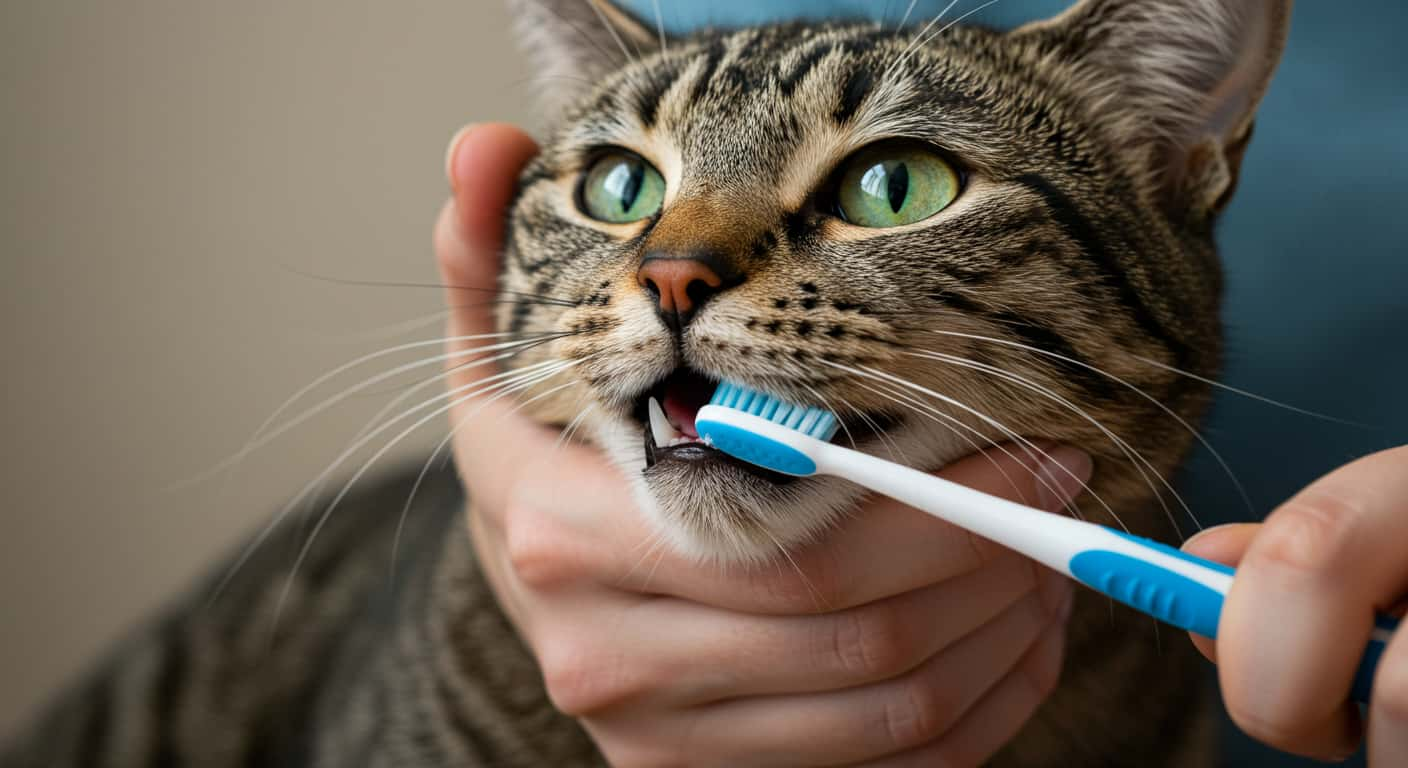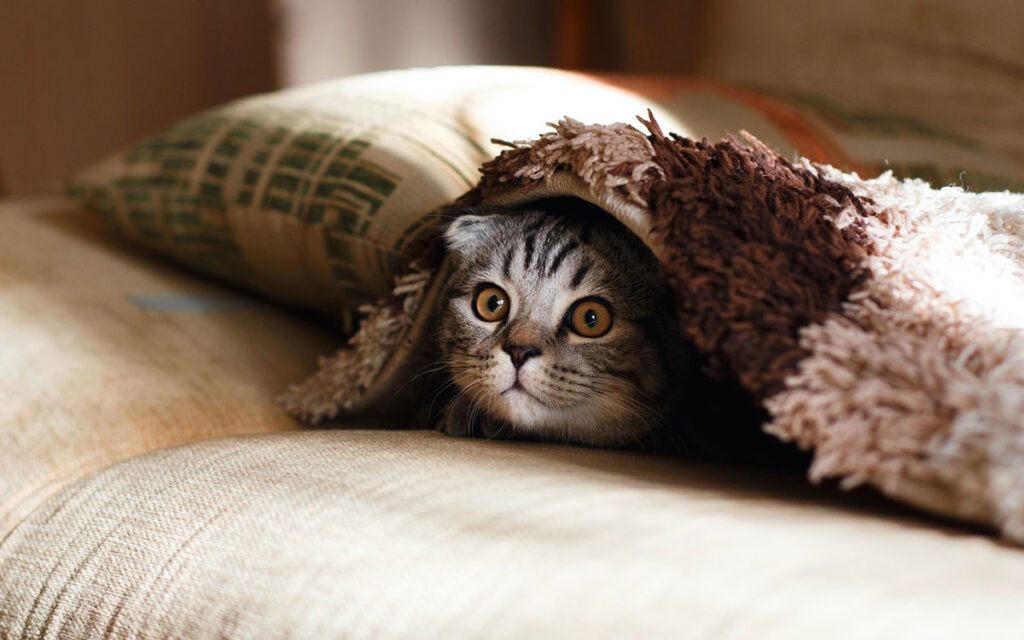Why Tabby Cat Dental Health Matters
Tabby cat dental health refers to the overall oral hygiene and condition of your tabby cat’s teeth gums and mouth. It’s a crucial aspect of feline wellness that’s often overlooked. More than 70 percent of cats show signs of dental disease by age three. Poor dental health can lead to pain infection tooth loss and even organ damage.
This guide is your go-to resource for understanding and improving tabby cat dental health. You’ll learn the signs of trouble prevention tips professional care insights and trusted product reviews. And of course we’ll share how my own tabby Luna the feline force behind this website taught me just how life-changing proactive dental care can be.
Let’s explore everything you need to know to keep your tabby cat’s dental health in great shape. If you’re new to tabby care check out our complete guide to tabby cats for more insight into their unique health and personality.
Table of Contents
Understanding Cat Dental Disease
Dental disease in cats is a progressive condition that affects the teeth gums and supporting structures. The most common types include:
Types of Cat Dental Disease
• Gingivitis: Inflammation of the gums
• Periodontitis: Advanced gum disease affecting deeper tissues and bone
• Tooth resorption: Painful condition where the tooth structure breaks down
• Stomatitis: Severe inflammation of the entire mouth

Causes and Risk Factors
• Plaque and tartar buildup
• Diet (wet versus dry food)
• Genetics (some tabbies may be predisposed)
• Lack of brushing or professional cleanings
• Viral infections (FIV FeLV)
Is My Tabby at Higher Risk?
While all cats are susceptible domestic shorthair tabbies like Luna often don’t show pain until the disease is advanced. Older cats picky eaters and cats with weaker immune systems are especially at risk for tabby cat dental health problems. For more on general health challenges specific to tabbies visit our tabby cat health issues guide.
| Type | Description | Common in Tabbies? | Painful? |
|---|---|---|---|
| Gingivitis | Gum redness and swelling | Yes | Mild |
| Periodontitis | Gum recession loose teeth | Yes | Yes |
| Tooth Resorption | Tooth dissolving from inside | Yes | Extremely |
| Stomatitis | Widespread mouth inflammation | Occasionally | Severe |
Symptoms and Early Warning Signs
Cats are masters at hiding pain so watch for subtle clues. Here are the most common signs of dental issues in tabby cats:
• Bad breath (halitosis)
• Red swollen or bleeding gums
• Drooling or pawing at the mouth
• Decreased appetite or food dropping
• Head tilting while eating
• Weight loss
• Reduced grooming
• Irritability or withdrawal
Behavioral Cues from Luna
When Luna first started avoiding her kibble I assumed she was just being picky again. But when I noticed her grooming less and flinching during chin scratches I knew something was wrong. Her behavior was a sign of poor tabby cat dental health.
Printable Checklist: Is Your Tabby Showing These Signs?
• [ ] Bad breath
• [ ] Dropping food
• [ ] Swollen or bleeding gums
• [ ] Eating less
• [ ] Pawing at mouth
• [ ] Reduced grooming
• [ ] Hiding or cranky
• [ ] Weight loss
If you checked two or more schedule a vet dental exam and talk about your tabby cat’s dental health.
Prevention is the most effective strategy when it comes to tabby cat dental health. With the right tools and habits, you can protect your cat’s smile every day.
Prevention and Home Care
How to Brush Your Tabby’s Teeth
- Choose a quiet time. Sit in a relaxed space
- Use cat-specific toothpaste. Never use human toothpaste
- Introduce the brush slowly. Start with your finger or a gauze pad
- Lift the lip gently. Focus on back molars
- Brush in small circles. Reward with praise or a treat
Alternatives If Your Cat Hates Brushing
• Dental wipes
• Water additives
• Dental chews or toys
• VOHC-approved dental diets
Top VOHC-Approved Products for Home Use
| Product | Type | Pros | Cons |
|---|---|---|---|
| CET Enzymatic Toothpaste | Toothpaste | Safe cat-friendly flavors | Needs daily brushing |
| TropiClean Water Additive | Water Additive | Easy to use freshens breath | May not suit all tastes |
| Greenies Dental Treats | Chews | Popular VOHC-approved | Can be high in calories |
| Purina Dental Diet DH | Food | Vet-recommended for daily care | Pricier than regular food |
Establishing a tabby cat dental health routine at home can prevent serious dental issues.
Veterinary intervention plays a big role in tabby cat dental health. Regular cleanings and checkups can address what home care may miss.
Professional Dental Care
When to See a Vet
• Annual dental exams (every 6 months for seniors)
• If symptoms appear
• If brushing becomes painful for your cat
What Happens During a Cleaning
• Full exam and dental x-rays
• Scaling (above and below gumline)
• Tooth polishing
• Extractions if needed
Is Anesthesia Safe for Cats?
Yes. Modern veterinary anesthetics are tailored for safety. Your vet will run bloodwork beforehand to ensure your cat is a good candidate.
Aftercare Tips
• Offer soft food for three to five days
• Use pain meds as prescribed
• Monitor for drooling or appetite loss
Real-Life Story: Luna’s First Dental Cleaning

Luna was groggy but back to her cheeky self within 24 hours. What surprised me most? The vet found two resorptive lesions we’d never noticed at home. Getting her teeth cleaned saved her from long-term pain and improved her tabby cat dental health dramatically.
Choosing the right products is crucial for supporting tabby cat dental health at home. Look for VOHC approval and what your cat actually enjoys using.
Product Reviews and Recommendations
Top VOHC-Approved Dental Products for Tabbies
| Product Name | Type | Price Range | Luna’s Rating | Pros | Cons |
|---|---|---|---|---|---|
| Virbac CET Toothpaste | Toothpaste | $11.89 to $17.45 | ★★★★★ | Chicken flavor easy to use | Requires brushing |
| Sentry Petrodex Dental Kit | Starter Kit | $6.73 to $11.99 | ★★★★☆ | Great for beginners | Brush a bit bulky |
| Feline Greenies Dental | Treats | $4.01 to $10.98 | ★★★★☆ | Crunchy texture tasty | Limited cleaning action |
| Oratene Brushless Gel | Oral Gel | $11.79 to $21.99 | ★★★★☆ | Brush-free option | More expensive |
| TropiClean Oral Rinse | Water Additive | $14.99 | ★★★☆☆ | Simple daily use | Some cats dislike the taste |
Using trusted products is a key part of supporting your tabby cat’s dental health.
Pet parents often have questions about tabby cat dental health. These FAQs will help you feel more confident in your daily care routine.
Frequently Asked Questions
Do indoor cats still need dental care?
Yes! Indoor cats like Luna are just as prone to dental issues, sometimes more so because they live longer and eat processed food.
Can I use human toothpaste?
Never. Human toothpaste contains xylitol and fluoride, which are toxic to cats.
What if my tabby refuses all dental care?
Start with treats or flavored toothpaste. Try oral gels or schedule regular vet cleanings.
Access to the right resources can empower you to improve your tabby cat dental health approach. Let’s explore some expert insights.
Expert Tips & Resources
Vet Quote:
“Dental health is one of the most overlooked aspects of feline care. Regular home care and yearly cleanings can extend a cat’s life by years.” Dr. Melissa Grant, DVM
Helpful Resources:
[Download: Tabby Dental Care Routine Chart – Printable PDF]
Your stories and questions help grow our understanding of tabby cat dental health. Join the conversation below.
Community & Support
We’d love to hear from you! Has your tabby had a dental scare? Found a toothbrush that finally works? Drop your story in the comments. Or post a pic of your cat’s pearly whites!
Poll: How often do you brush your cat’s teeth?
- Daily
- Weekly
- Rarely
- Never (but I’m starting now!)
Join our Q&A thread: Ask me anything about feline dental care.
Keep Your Tabby Smiling
Tabby cat dental health is about more than fresh breath, it’s about comfort, longevity, and a better quality of life. With a little daily care and regular vet visits, you can prevent painful conditions and give your tabby every reason to purr.
Take it from Luna: the path to a healthier mouth starts with a curious paw, a patient heart, and maybe a chicken-flavored toothbrush.
Ready to start? Download your printable dental checklist and take the first step toward better oral health today!


